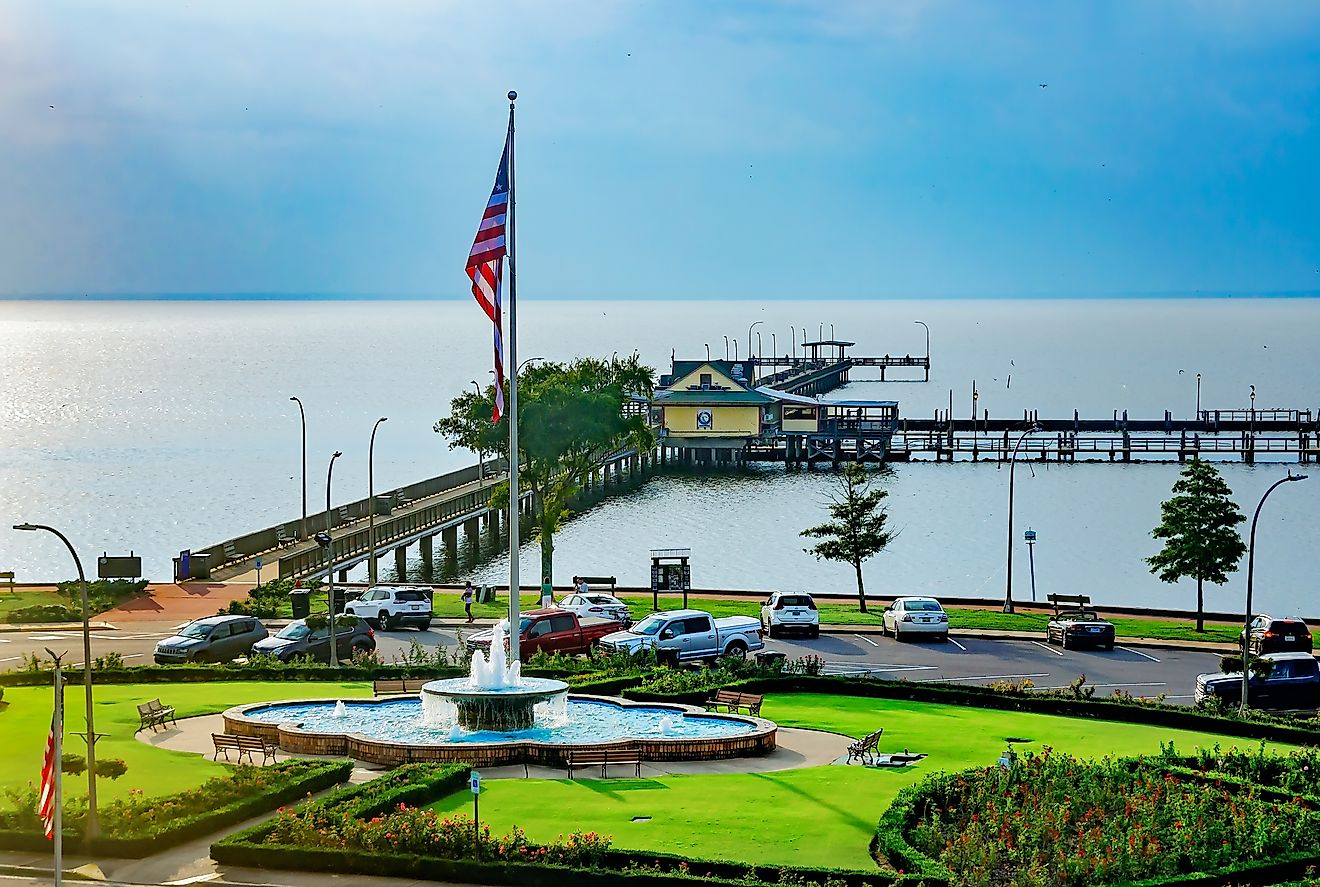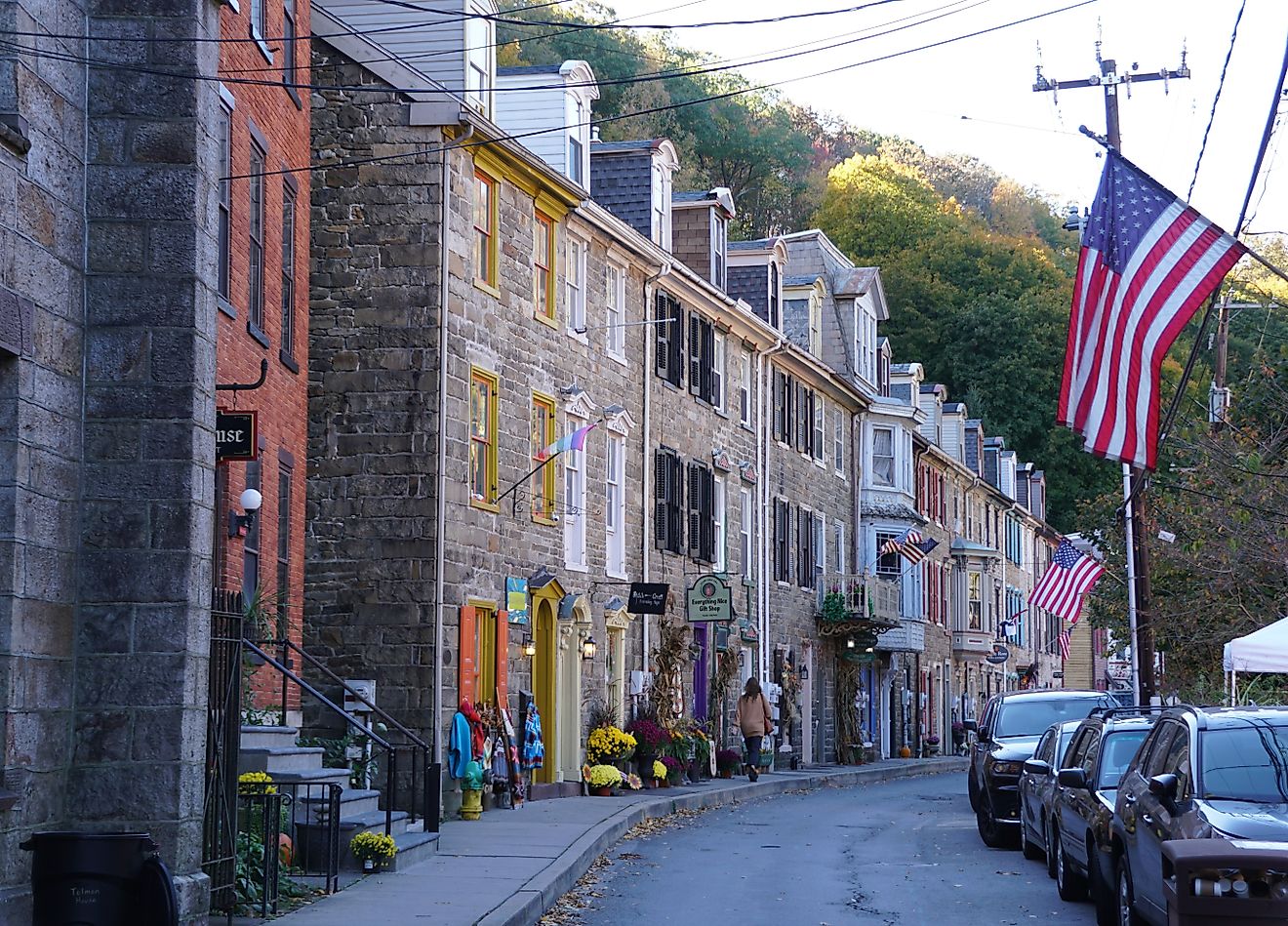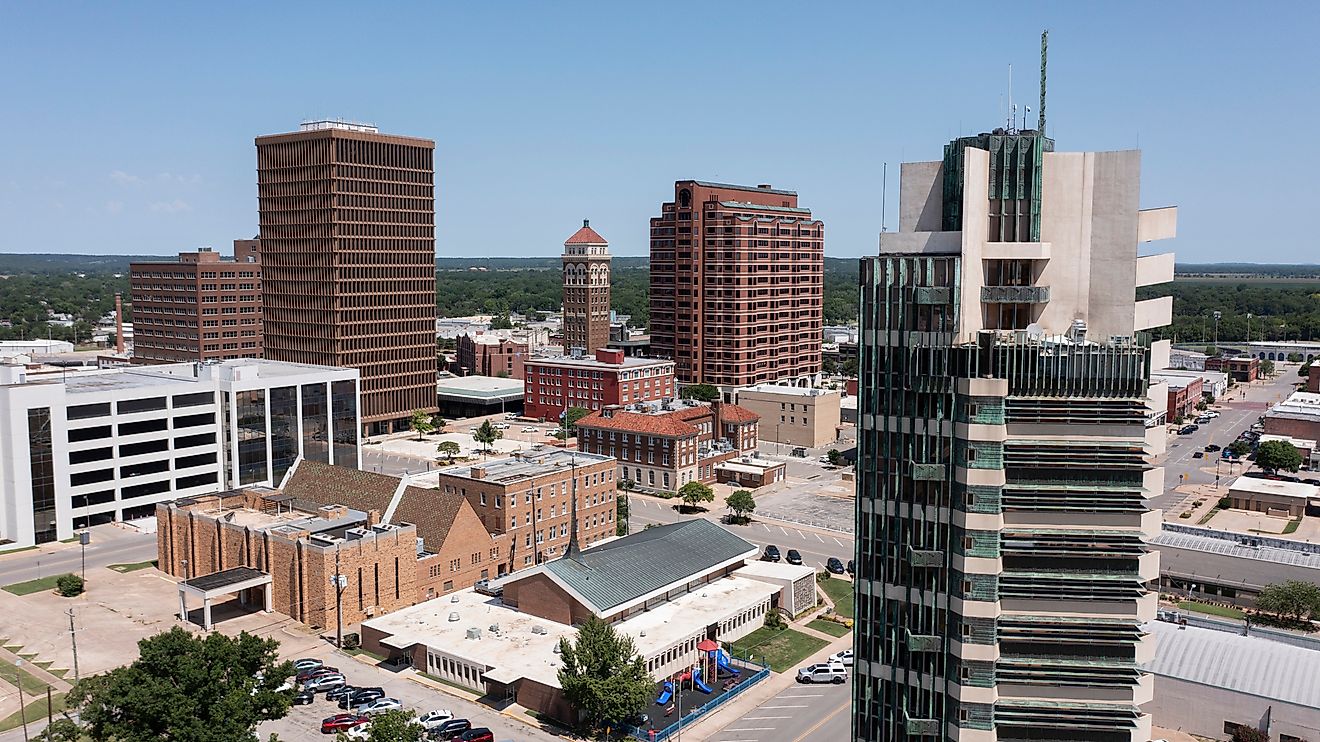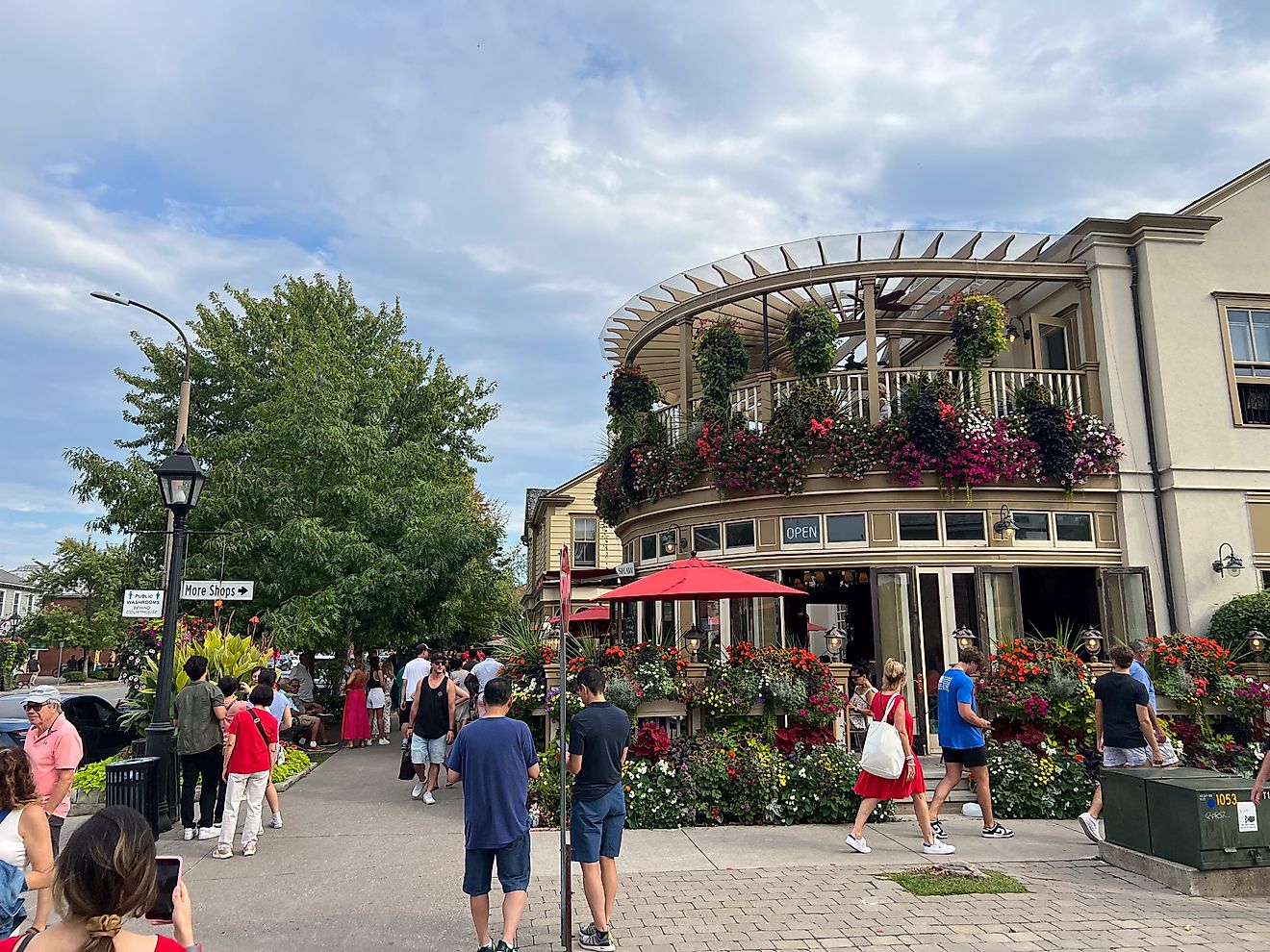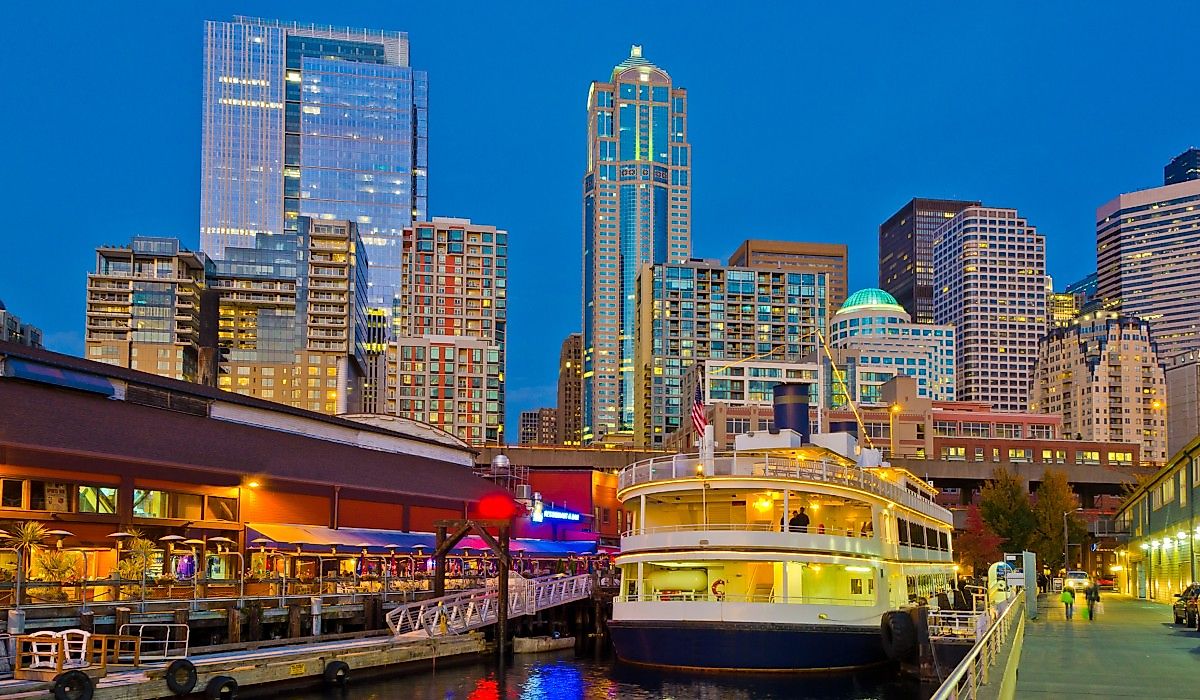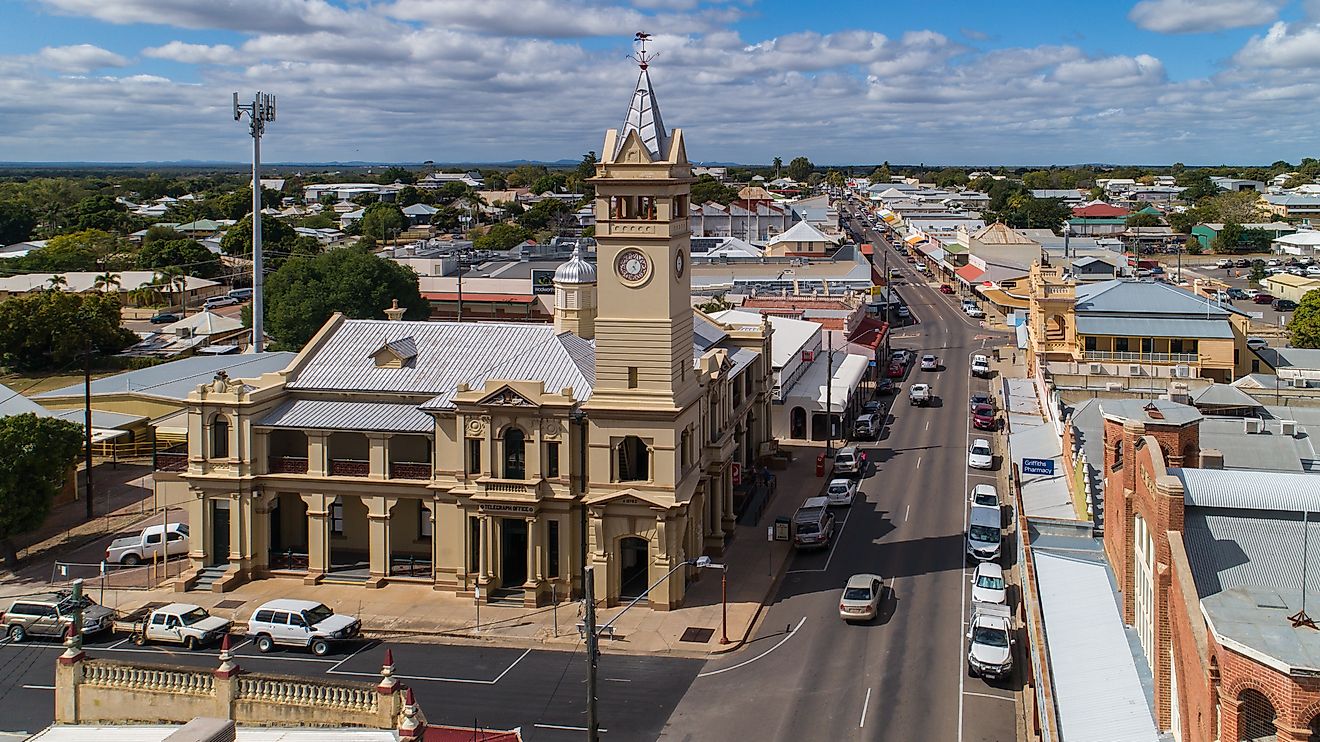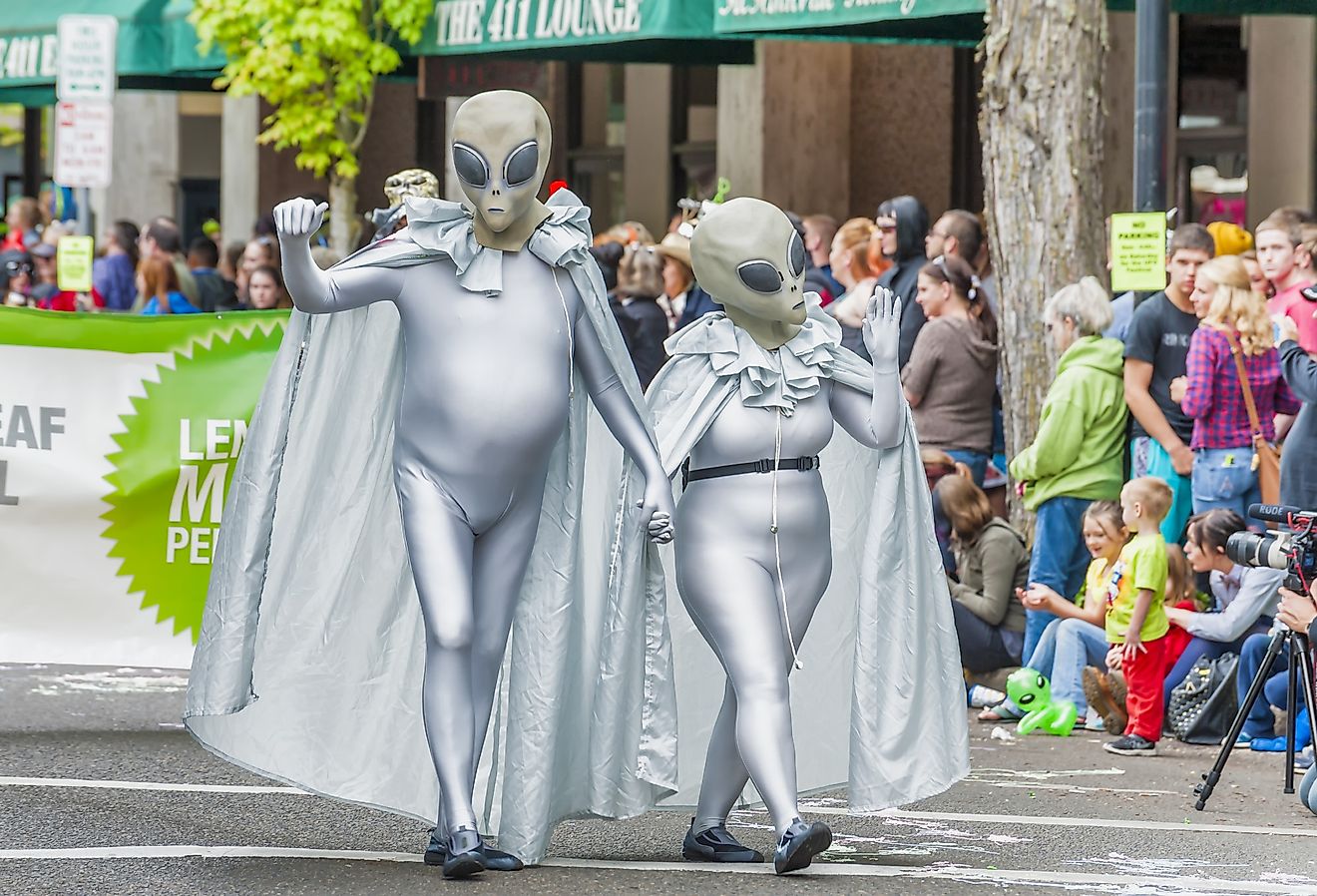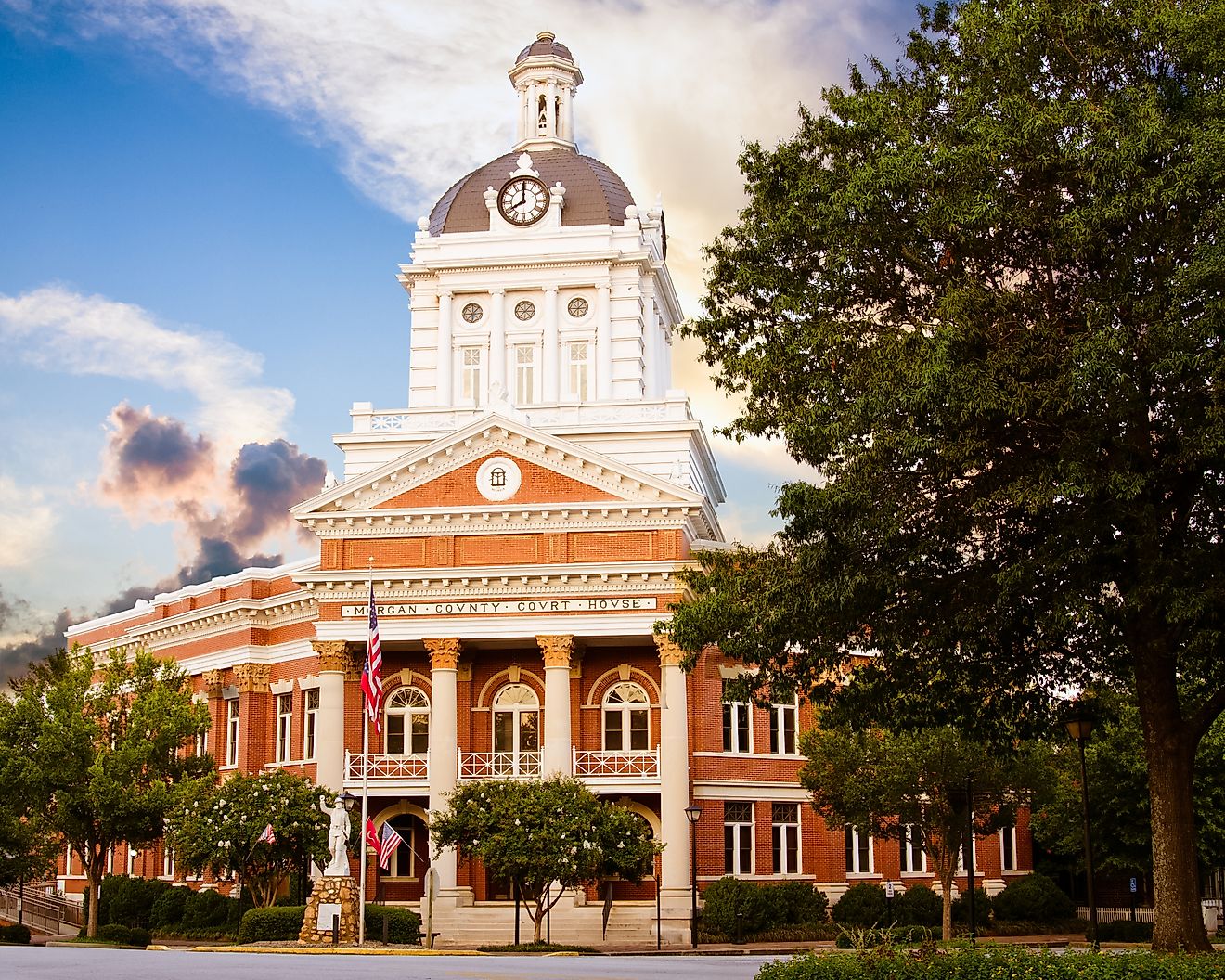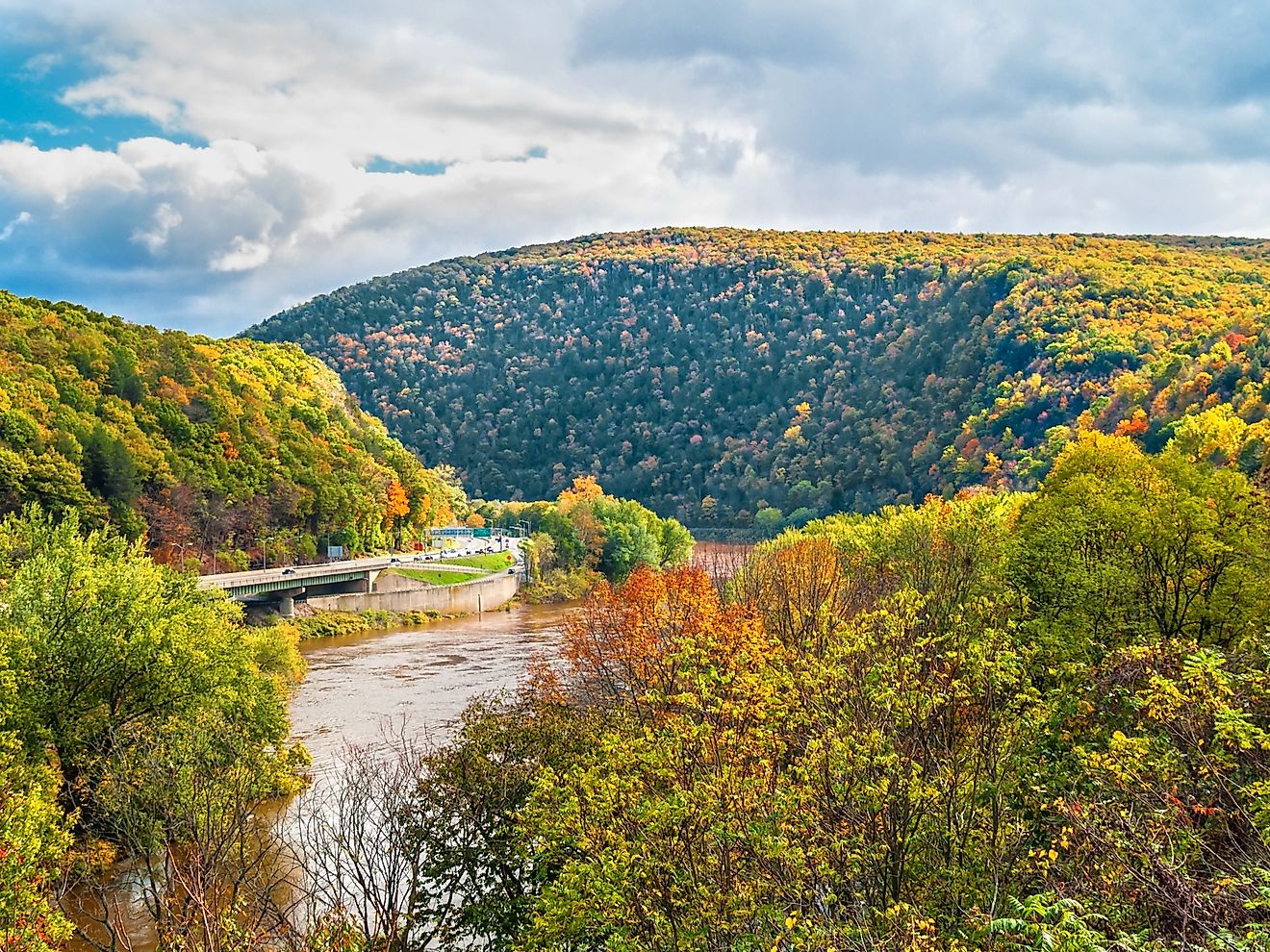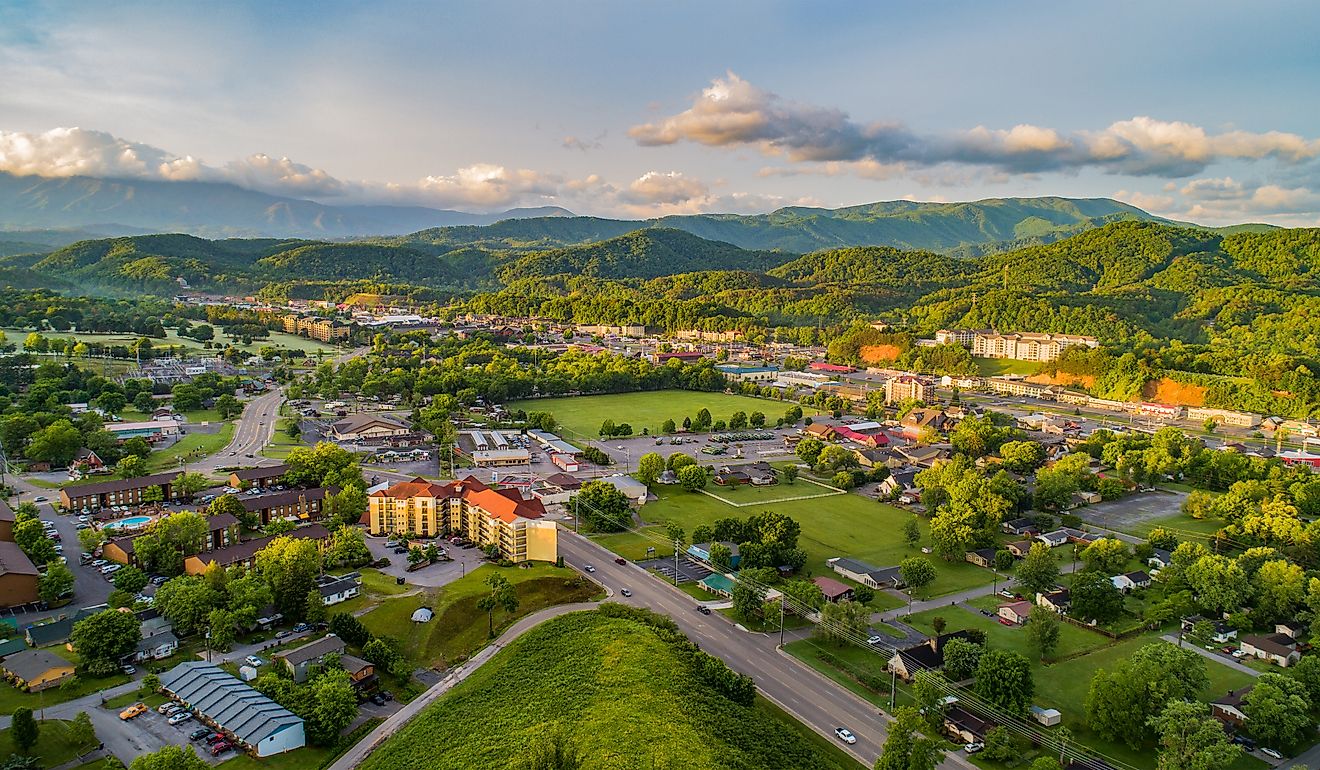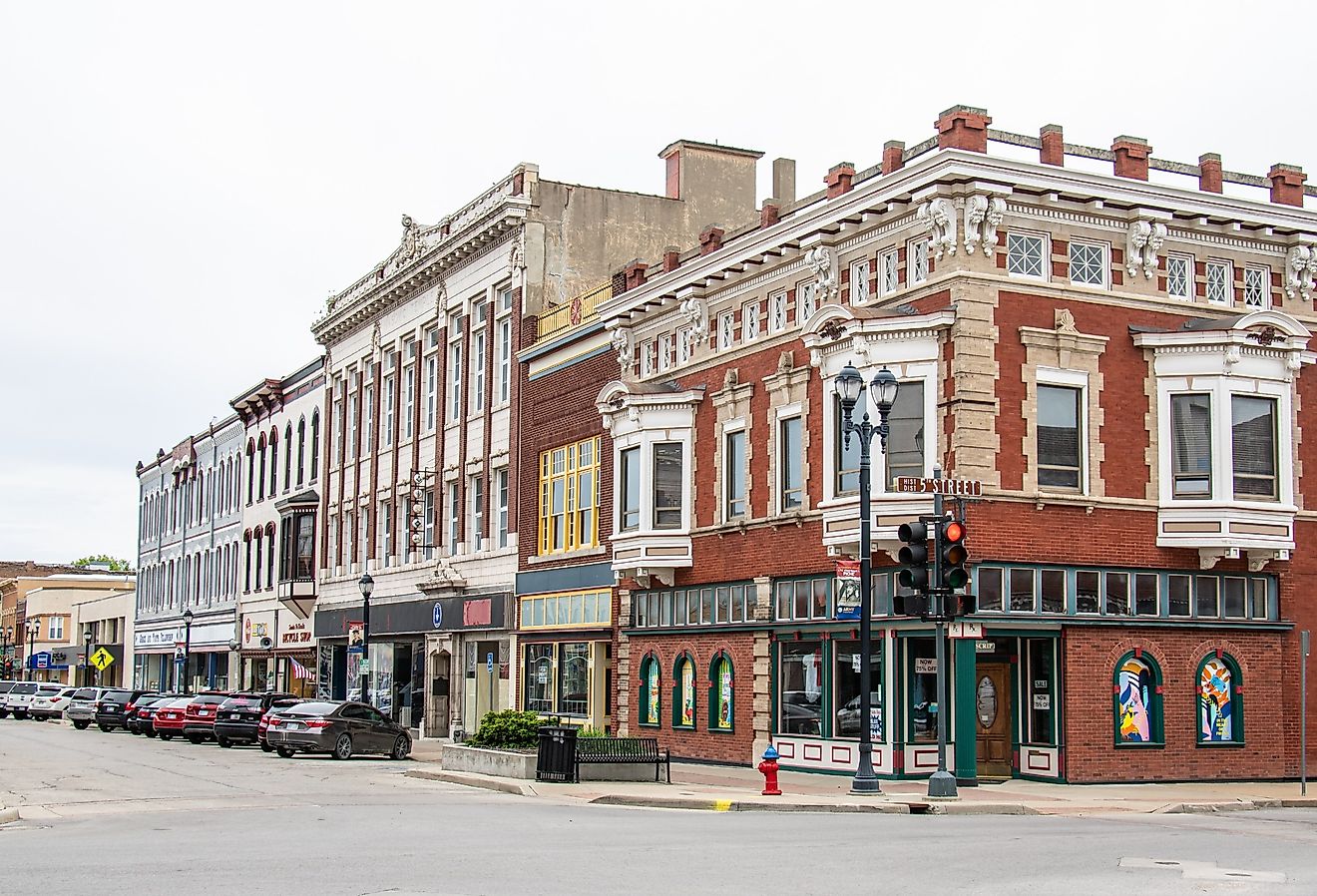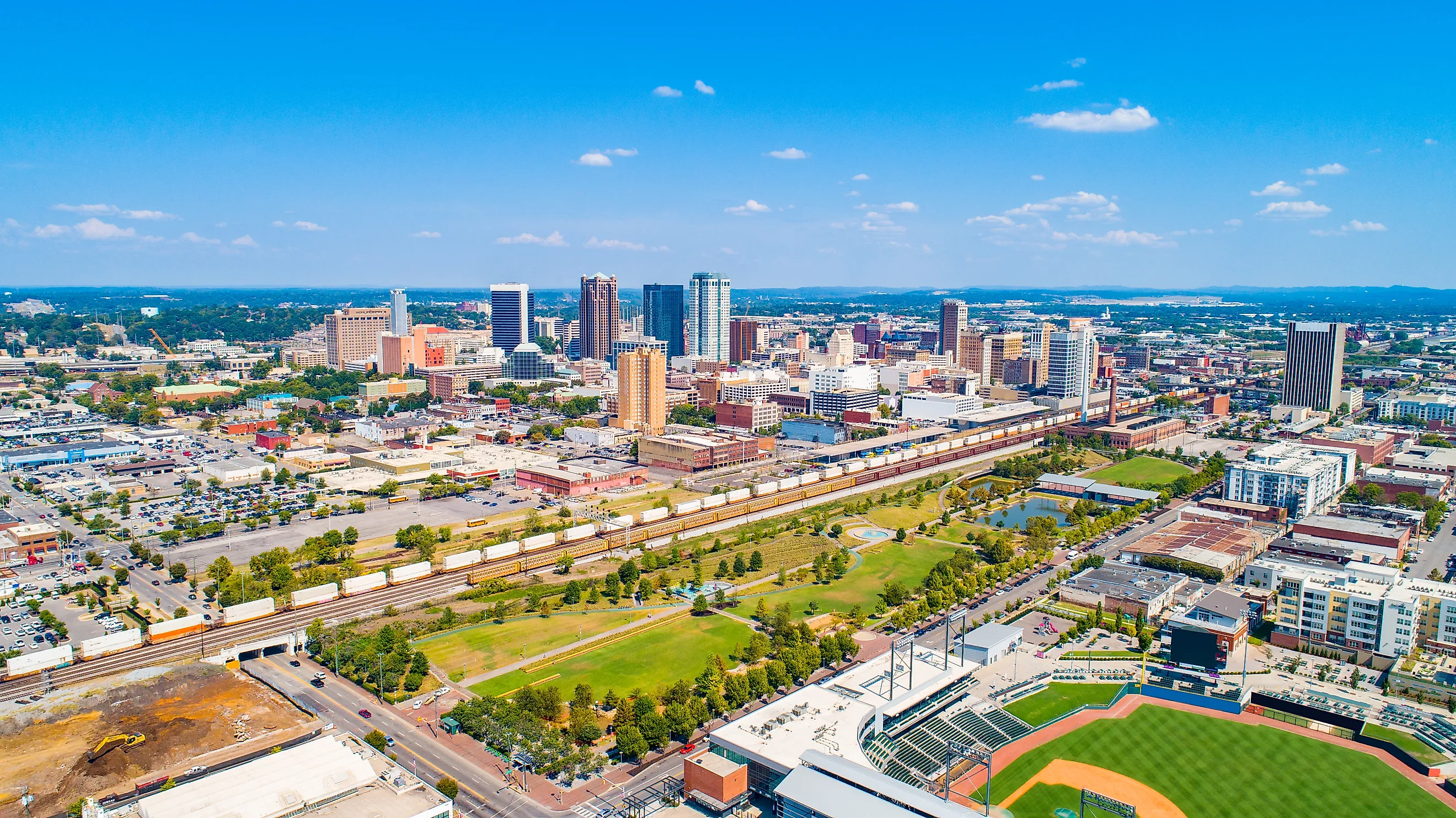
Birmingham, Alabama
Birmingham, the county seat of Jefferson County, is a big city in the north-central portion of the US State of Alabama. After Huntsville and Montgomery, Birmingham is the state's third-most populous city, with a population of 200,733 people as per the 2020 US Census. Nicknamed "The Magic City," Birmingham was set up following the American Civil War by merging three pre-existing farm townships into a more extensive industrial and railroad transportation center. Named after one of England's major industrial cities, Birmingham serves as one of the Southeastern United States' most important business centers as well as one of the biggest banking centers in the entire country. Keeping up with its other nickname, "The Pittsburgh of the South," Birmingham has gradually grown into a vibrant community by advancing its business culture and reducing its dependency on natural resources.
Geography Of Birmingham
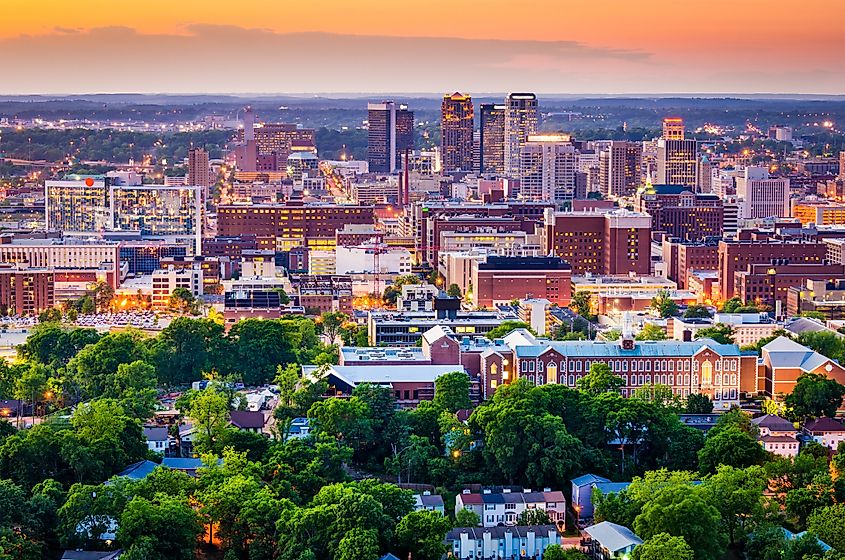
Placed in Alabama's north-central portion, Birmingham is approximately 284 miles from the Gulf Shores. The city occupies the Jones Valley, which is bordered by long parallel mountain ridges that run from the northeast to the southwest direction. Red Mountain, which divides the Jones Valley from Shades Valley, is located just south of the downtown. The "Over the Mountain" area serves as the setting of some of the more affluent suburbs of Birmingham, such as Vestavia Hills, Hoover, Mountain Brook, and Homewood.
The Cahaba River basin, located immediately south of the Shades Valley, is one of the country's most diverse river ecosystems. Flanking Birmingham to the north is the Sand Mountain, which divides the Jones Valley from the more rugged northern lands. Placed to the east of the city's heart is Ruffner Mountain, which houses the Ruffner Mountain Nature Center, one of the country's most extensive urban nature reserves. Birmingham covers a total area of 151.9 square miles, of which 149.9 square miles is occupied by land and 2.0 square miles is covered by water.
Birmingham is connected with other nearby cities by four Interstate Highways as well as a southern bypass expressway. The four Interstate Highways include Interstate 20 (I-20), Interstate 22 (I-22), Interstate 65 (I-65), and Interstate 59 (I-59), while Interstate 459 (I-459) is the bypass highway. Birmingham is located just 5 miles from Mountain Brook, 109 miles from Auburn, 90.2 miles from the state capital Montgomery and 57.7 miles from the principal town of Tuscaloosa.
Climate Of Birmingham
According to the Köppen Climate Classification, Birmingham experiences a humid subtropical climate with hot, muggy summers and mild winters. The warm season lasts from May 25 to September 2, where July is the year's hottest month, with average high temperatures ranging between 90°F and 72°F. The cold season lasts from November 29 to February 24, where January is the year's coolest month, with average low temperatures ranging between 36°F and 54°F. In terms of precipitation, the city receives an average of 56 inches of rain and 1 inch of snow annually. Due to the city's location at the heart of Dixie Alley, it witnesses severe thunderstorms and occasional tornadoes during the spring and fall months. Moreover, due to the city's proximity to the Central Gulf Coast, it experiences occasional tropical storms and hurricanes during the late summer and fall months.
Brief History Of Birmingham
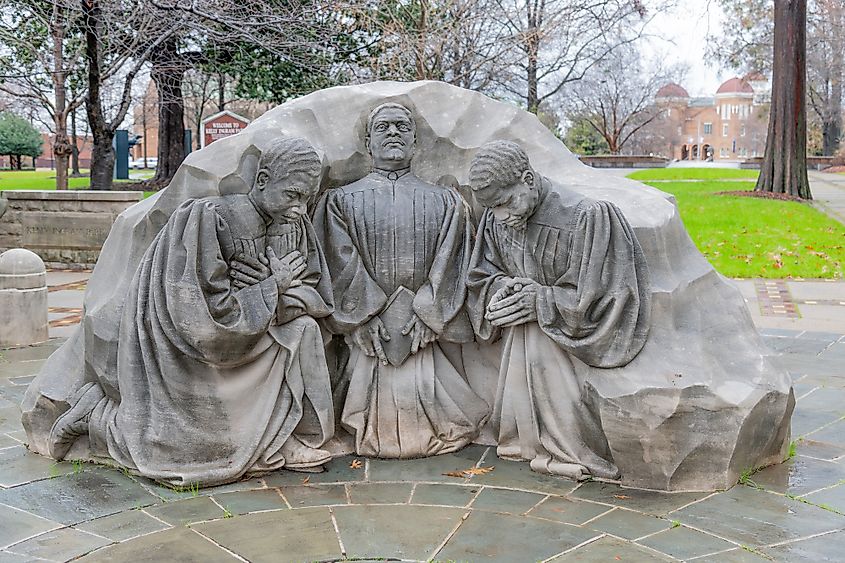
The present-day area of Birmingham in the narrow Jones Valley was initially settled in 1813, and the community of Elyton became the Jefferson County seat in 1821. The area served as the meeting point of the east-west and north-south railroads in 1870, and in the following year, a new city was established by the Elyton Land Company supported by railroad officials. The site of the railroad crossing was well-known for containing deposits of limestone, coal, and iron ore, the three essential raw materials for the steel industry. From the beginning, the new city was planned to become a great industrial center; therefore, the city's founders named it Birmingham, after one of England's major industrial cities. In 1911, Elyton and other surrounding towns were merged with Birmingham, and by the beginning of the 20th century, the city began to grow rapidly.
Birmingham was hit hard by the Great Depression due to the city's extreme dependency on the steel industry. The New Deal programs made significant contributions to the infrastructure and artistic legacy of the city. The rise in demand for steel during and post-World War II helped Birmingham's economy to return to prosperity. During the 1950s and 1960s, the city witnessed lots of violence as the center of the civil rights struggle. Martin Luther King Jr. and other leaders led a series of civil-rights demonstrations and voter registration drives across the city. Dr. Richard Arrington Jr. was elected as the city's first African-American mayor in 1979. In the following years, Birmingham underwent a paradigm shift that completely transformed it into a "diverse city."
Population And Economy Of Birmingham
As per the latest US Census, Birmingham has a population of 200,733 inhabitants with a median age of 36.2 and a population density of 1,365 people per square mile. The top ethnic groups in the city include White (Non-Hispanic) at 22.91%, African American (Non-Hispanic) at 68.12%, Native American at 0.17%, Asians at 1.62%, Pacific Islander at 0.05%, Other races at 2.5% and Hispanic group at 4.62%. With a population of 1,115,289 inhabitants, Birmingham Metropolitan Area is Alabama's largest and the nation's 50th-most populous metropolitan area.
Birmingham has a median household income of $38,832 and a median property value of $97,500. The diverse economy of Birmingham employs about 94,494 people. Since the initial days, manufacturing has been one of Birmingham's biggest industries, with other industries like Health Care & Social Assistance, Retail Trade, banking, telecommunications, electrical power transmission, and Educational Services growing significantly in recent years. The Birmingham area serves as the headquarters of the Regions Financial Corporation (a Fortune 500 company) along with five other Fortune 1000 companies. Some of the biggest higher educational institutes in Birmingham include the University of Alabama at Birmingham, Jefferson State Community College, Samford University, Lawson State Community College, etc. With relatively low living expenses and competitive salary rates, the Birmingham Metropolitan Area has been ranked as one of the ideal places to work and earn a living in America.
Attractions In And Around Birmingham
Birmingham Museum Of Art
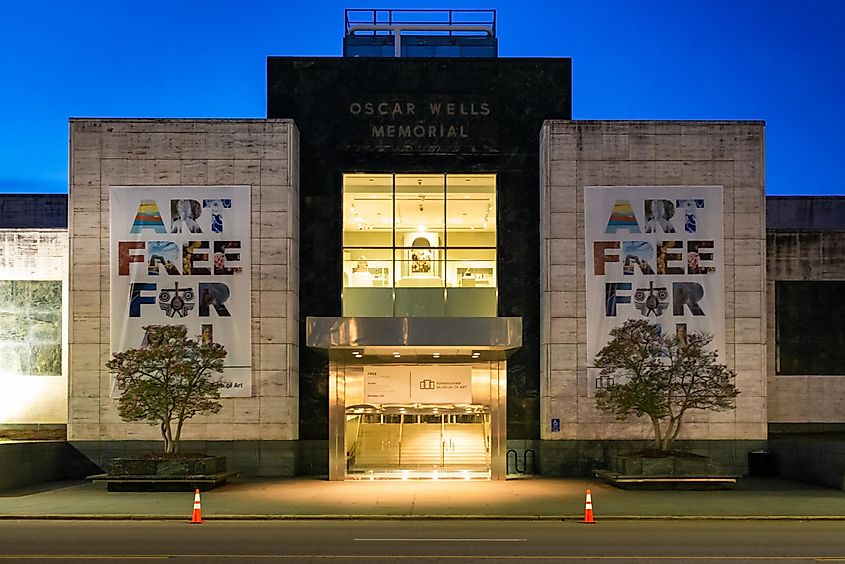
Spread over 3.9 acres at the center of Birmingham's cultural district, the Birmingham Museum of Art is the Southeastern United States' biggest municipal art museum. This museum houses a vast collection of paintings, drawings, sculptures, prints, and decorative arts. The museum's decorative arts are representations of American, Asian, Native American, African, Pre-Columbian, and European cultures. It also houses a collection of Renaissance and Baroque artworks dating from the late 13th century to 1700. The museum's Charles W. Ireland Sculpture Garden features works of well-known international sculptors like Auguste Rodin, Fernando Botero, Jacques Lipchitz, and Elyn Zimmerman.
McWane Science Center
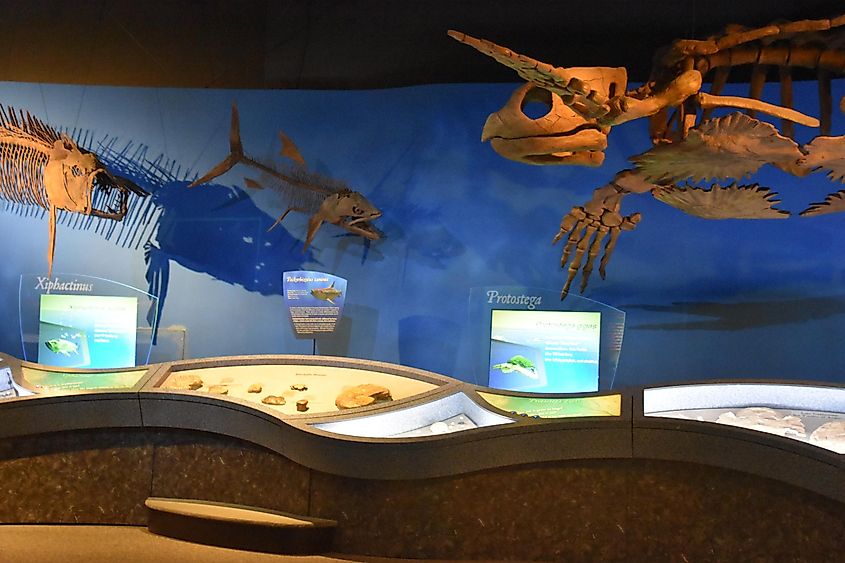
This science museum and research archive is located in downtown Birmingham's historic Loveman's department store building. It comprises a state-of-the-art hands-on science center, an IMAX Dome Theater, and an aquarium. The World of Water Exhibit on the lower level showcases over 50 aquatic species. Small sharks and rays of different species are housed in a touch tank, while shark teeth can also be observed under a microscope. The Alabama Collections Center houses more than 500,000 items from the Discovery Place and Red Mountain Museum on the second level. In addition, the Itty Bitty Magic City features a water play area, a miniature version of the city's common buildings, a climbing structure, and an area specially for toddlers. This interactive McWane Science Center appeals to various age groups and is the perfect place to spend a day with kids.
Vulcan Park and Museum
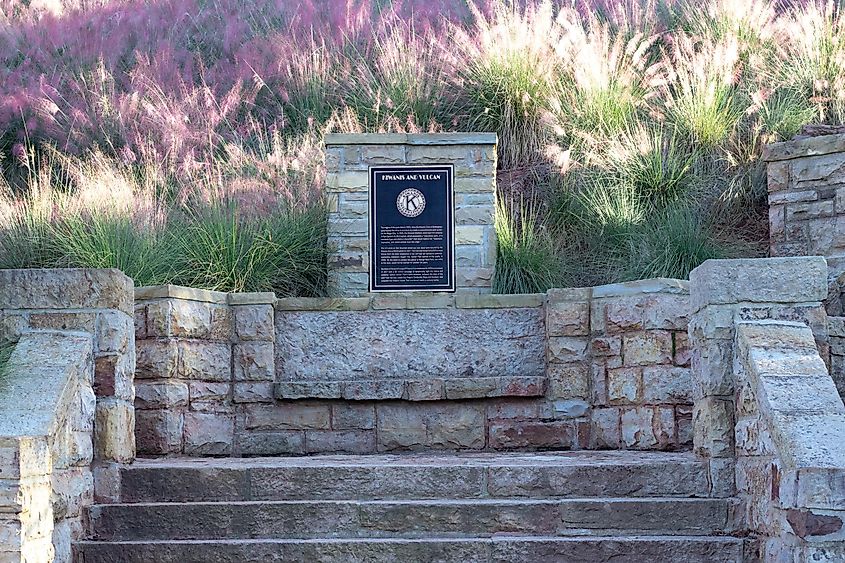
Operated by Vulcan Park Foundation, the Vulcan Park and Museum aim to preserve and promote the 56 ft tall Vulcan statue as the city symbol of Birmingham. Besides offering panoramic views of Birmingham, the Vulcan Park and Museum feature an interactive history museum and a 10-acre urban green space. The museum also aims to advance knowledge about the city's history and culture and encourage visitors to explore the region. The Greater Birmingham Convention and Visitors Bureau, in May 2007, designated the Vulcan Park and Museum as an official Birmingham Information Center.
In addition to the above-mentioned tourist attractions, Birmingham also celebrates several annual cultural festivals that showcase films, music, and regional heritage. Some notable festivals which attract many visitors to the city include the Sidewalk Moving Picture Festival, Taste of 4th Avenue Jazz Festival, Birmingham Folk Festival, Southern Heritage Festival, Lebanese Food Festival, and many more.
Besides being a prominent economic hub that links the country's Deep South, Piedmont, and Appalachian Mountain regions, the diverse metropolis of Birmingham continues to preserve its famous southern charm and hospitality. Its myriad attractions, annual festivities, and cultural events ensure a memorable experience for everyone who visits this beautiful city.
